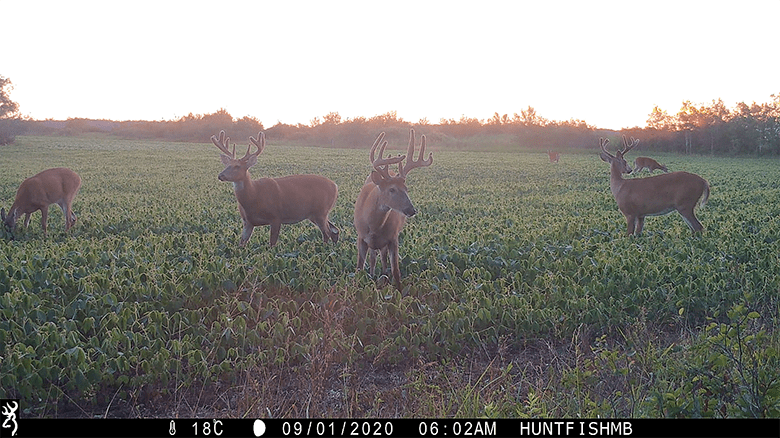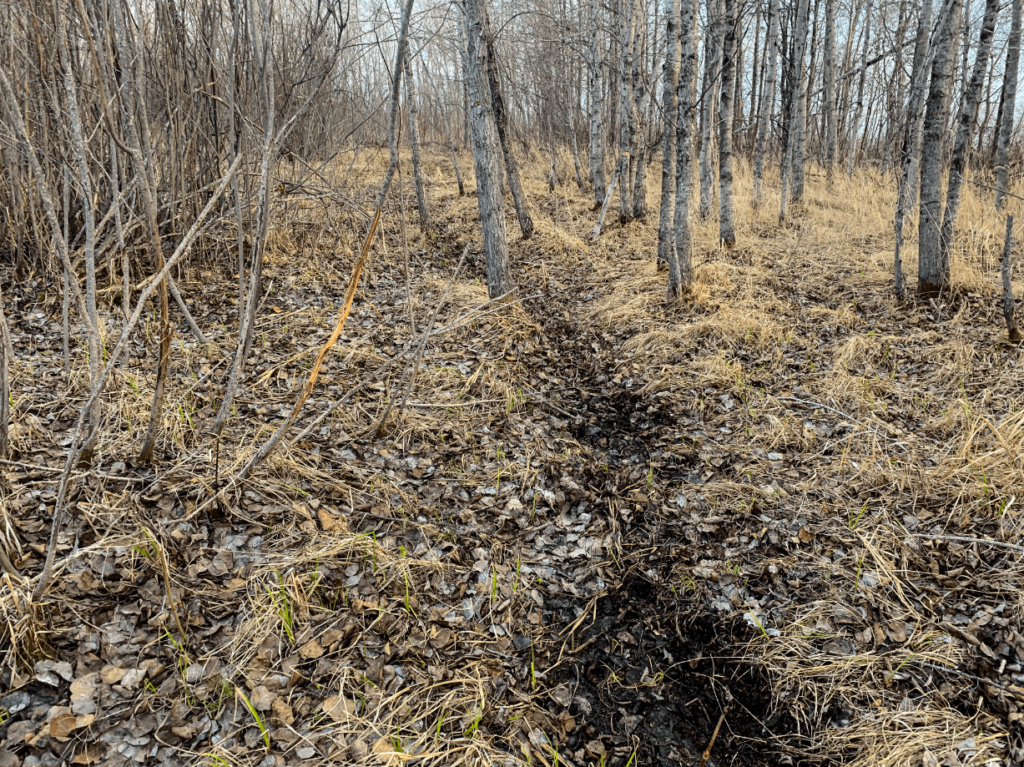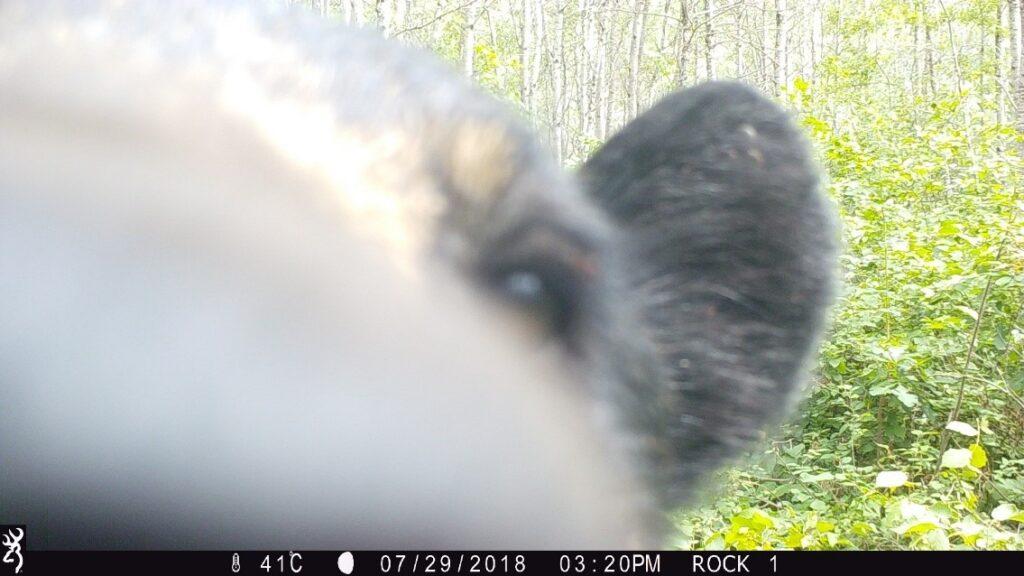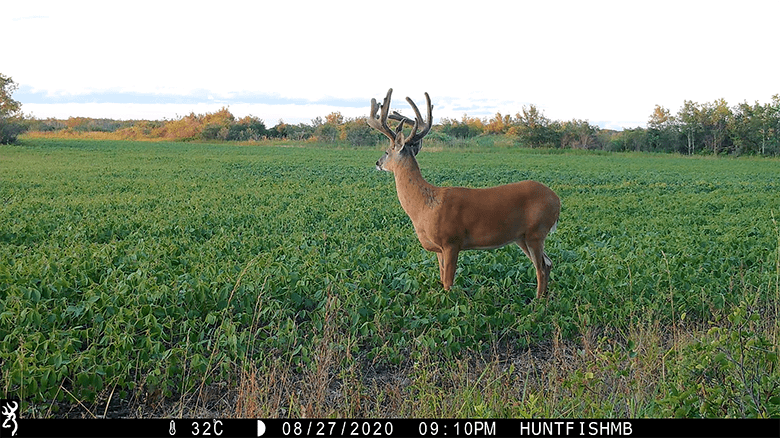Deer Hunting in Manitoba: Top Pre-Season Scouting Tips for Whitetails
Discover the best spring and summer whitetail scouting tips for hunting in Manitoba! From shed hunting to scouting strategies and adapting to the seasons, explore the abundance of deer and the thrill of pursuing mature bucks in this beautiful region. Get ready for an unforgettable deer hunting season to come!
Whitetail Hunting in Manitoba
Manitoba has long been celebrated as a premier destination for outstanding whitetail deer hunting. The region boasts exceptional genetics, generous seasons, and a wide variety of habitats, all of which contribute to the popularity of our whitetails. With a range of fall hunting opportunities across the province, many seasoned hunters make the most of the spring and summer months to gain an edge for the season opener. Early season scouting can be revealing and rewarding in so many ways. That’s why many embark on multiple scouting trips early in the year and throughout the summer months. Whitetails are typically creatures of habit, and doing your homework now will often provide you with confidence, probable patterns and a successful harvest in the future. It might even give you the advantage you need to outsmart that elusive giant. Here are some top early-season scouting tips to help you eliminate guesswork from your next whitetail hunt.

Staying Mobile and Covering Ground
One of the most enjoyable ways to spend an evening in the spring, summer, and early fall months is to get into a vehicle and scout for whitetails. It is enjoyable and can often be one of the most effective ways to see whitetails and learn their behaviours. Being mobile can also give you the best advantage in finding prime locations to shed hunt and where to set your trail cameras.

To be successful when scouting, there are a few aspects to focus on that will increase the number of encounters you will have. During the spring and summer months, whitetails spend a lot of time doing the same thing daily: travelling to their food source, water source, and bedding area. These routines can become very patternable.

It is paramount that you focus your scouting efforts on the areas around food sources. This is where you will have your best chance at seeing whitetails in the daylight. Generally, whitetails will feed from the last few hours of the evening through to the first few hours of the morning. When watching the deer move out onto the fields, note where they enter the field, the wind direction, the weather conditions and the moon phase. The more time you spend scouting, the more you begin to understand their behaviour and how they react to changing conditions in the environment.

All this information you acquire while scouting not only gives you a good understanding of the property, but it also enhances your knowledge of whitetails, which will make you a better hunter in the future when it is time to enter the deer woods.
Shed Hunting Tips
One of the best ways to scout for whitetails in the spring is to go shed hunting. Whitetails will generally shed their antlers near the end of December through to the end of February. During these months, their routines are very similar. The deer often use the same trails from their bedding area to their feeding area every day. This helps to conserve their energy during the long, cold winter. Finding these trails is an imperative step to begin your shed hunting.

Once found, head into the woods before all the snow has melted. The remaining snow will help to navigate the deer paths made throughout the winter months easily. It is good to be very thorough when searching for sheds. Cover as much ground as possible and follow all the networks of trails. Once into the feeding and bedding areas, grid searching will effectively cover the area accordingly.

While searching for sheds, look closely for other signs like rubs and scrapes. If you find this, it can be a great indication that the area you are in has proven to hold deer numbers during the rut and can be an excellent place to hunt come November. If you are fortunate to find some sheds, this can be a very valuable tool to base your future scouting and hunting activities on.

Finding a shed from a whitetail and following along with its growth throughout the summer months gives you a very intimate experience with the deer. If you are able to harvest that deer during the fall hunting season, this can make for a memorable story.

Trail Camera Tips for Whitetails
As spring progresses and the grass begins to grow, so do the antlers on whitetails. This is an opportune time to set trail cameras and observe antler growth. When setting trail cameras, there are a few things to keep in mind: When it comes to location, it is good to set them near a food source.

Once the summer heat initiates the growth of the agriculture fields, the deer will start getting into their summer patterns.Whether you are setting your camera up on the field edge or the trails leading to the food source, it is important to be cognizant of the sun’s location throughout the day. As a general rule I will try to set my cameras facing north where possible. This helps to eliminate photos where the sun is shining directly into the camera and overtaking everything else in the image.

When setting a camera up on a trail, I like to set the camera facing down the trail rather than across the trail. This allows more time for the camera’s trigger to be initiated and gives a better chance of catching the entire deer in the image. The same is true for when setting the camera on a field edge. Often, deer will navigate along the field edges, where there is easy access to their cover, as opposed to walking right across the middle. Thus, when setting a camera on a field edge, it is good to angle it along the edge of the field. If you have access to multiple trail cameras, another option is to travel deeper into the bush and set cameras closer to their bedding areas. When setting cameras here, checking them as sparingly as possible is good practice. This minimizes the impact on the deer and lessens the chance of pushing them out of the area.

Another thing to keep in mind when setting trail cameras in Bear County is properly protecting your cameras. Bears are curious animals and are not shy about inspecting these shiny new additions to the trees. This I have learned from past experiences where I have lost vulnerable trail cameras to bears. The best way to protect the trail cameras is to use a security box on the camera. If the box is not an option, the next best thing is to set the camera as high as possible on a skinny tree. When setting the camera this way, you will need to angle the camera downwards to get a good field of view on the trail. It is good to cut off the top of the tree to limit the amount it will sway from the wind, increasing your image quality.

Good Luck!
After doing your homework and utilizing these whitetail scouting tips, you should undoubtedly be provided with the confidence to head into the woods knowing the probable patterns of the deer you are after, which will often contribute to future successful harvests in the whitetail woods. And it just may allow you to get a step on the elusive giant Manitoban whitetail of your dreams.

For more information on hunting whitetail deer in Manitoba, visit our Big Game page.
Celebrate the experience of hunting in Manitoba, submit your harvest to the Manitoba Master Hunter Program.

